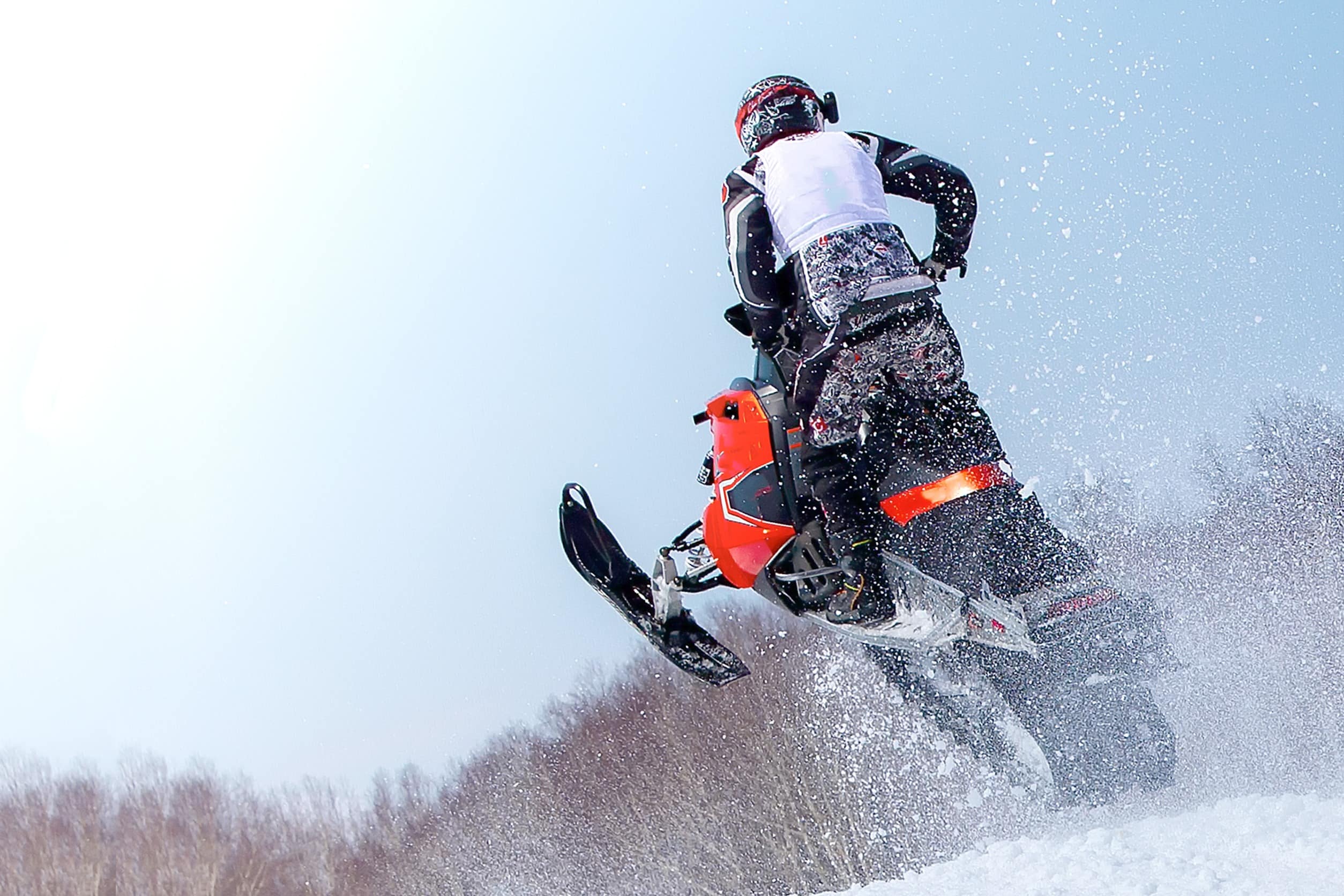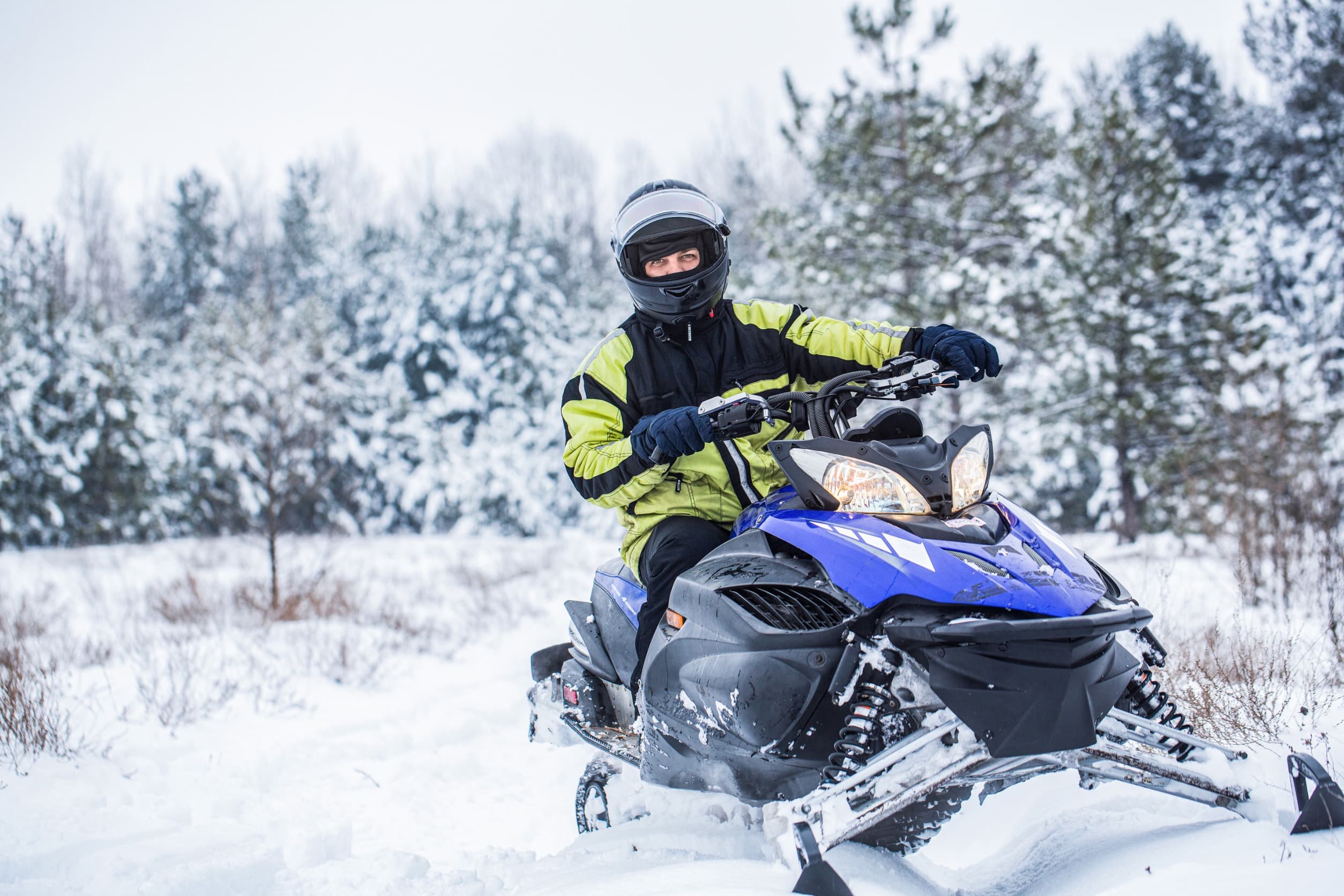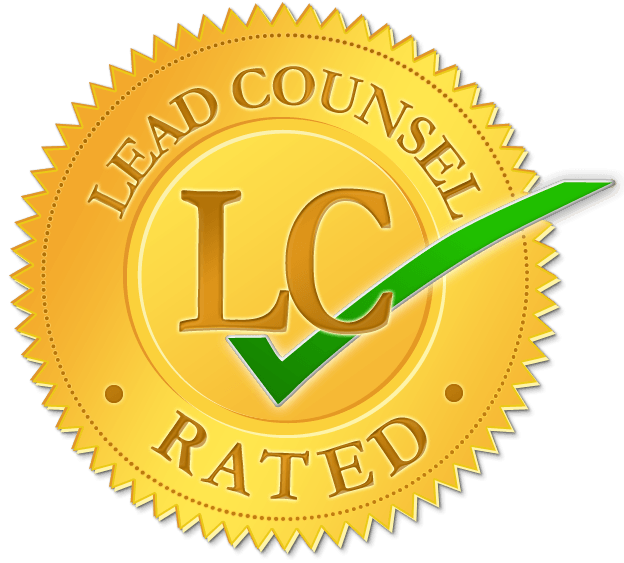Staying Safe on a Snowmobile in MN: What You Should Know
Minnesotans love to snowmobile, as do many people in surrounding states. Each winter, they go thousands of miles on trails across the state, proving that Minnesota is a great place to indulge in this exhilarating pastime.
However, snowmobiling isn’t all fun and games. These powerful machines can be dangerous, and accidents can happen to anyone, no matter their skill level. Accidents occur each year, leading to injury and, unfortunately, death.
If you plan to snowmobile this winter, then it’s vital to understand how to stay safe when having fun in the snow and what to do if you get into an accident.
How To Stay Safe on a Snowmobile
The biggest cause of snowmobile accidents is speeding. So, the best thing you can do to stay safe is to drive the speed limit. Also, refraining from driving under the influence of drugs or alcohol is a wise choice that makes the activity safer for you and those around you.
The Department of Natural Resources also recommends people take these precautions to stay safe on the snowmobile trails:
Keep Your Eye on the Weather
When you go snowmobiling in bad weather, you risk your safety, so check the weather and conditions on the trail before you leave so you don’t get caught in a storm.
Avoid Rivers and Lakes
While it may sound fun to zoom across a frozen river or lake, ice must be thin to support the weight of a snowmobile with you on it. It’s best to avoid the ice, especially if you see the water moving underneath it.
Dress the Right Way
You need a face mask and a helmet to ride a snowmobile safely – on top of wearing layers of clothes, as well as gloves to keep you warm in the cold temperatures.
Common Injuries on Snowmobiles
Different types of injuries can occur from accidents on a snowmobile. The most common injuries seen by personal injury attorneys that handle these cases include:
- Spinal cord injuries – Trauma to the head, neck, or back can result in a spinal cord injury that can lead to paralysis or loss of motor function.
- Broken bones – Fractures to the feet and hands are most common in snowmobile accidents, but fractures can occur anywhere on the body when riding.
- Traumatic brain injuries – Hitting something with your snowmobile and coming to a sudden stop can traumatize the brain, as can hitting your head on something, even if you’re wearing a helmet. A brain injury can be significant and can have a long path to recovery.
- Soft tissue injuries – Soft tissue injuries can lead to bruising, swelling, and pain. The most common soft tissue injuries associated with snowmobiling include sprains, strains, whiplash, and contusions.

What If You’re in an Accident?
If you’re in an accident, the first thing you should do is call for help. Get medical care for your injuries. Moving your snowmobile out of the way of other drivers is essential to avoid more accidents. Exchange information with those at the scene before you leave, file an accident report and contact an attorney to help you with your case.
About the Author:
A lifelong Minnesotan, founding partner Ronald R. Envall has spent his entire legal career fighting for the little guy, focusing on workers’ compensation, Social Security, and personal injury cases. He has been recognized by SuperLawyers as a Top Rated attorney in Duluth, placing him in the top 5 percent of all workers comp lawyers across the state. In his free time, Mr. Envall serves on the boards of several area government and nonprofit organizations and is a member of the Minnesota Association for Justice, which supports consumer rights.
















